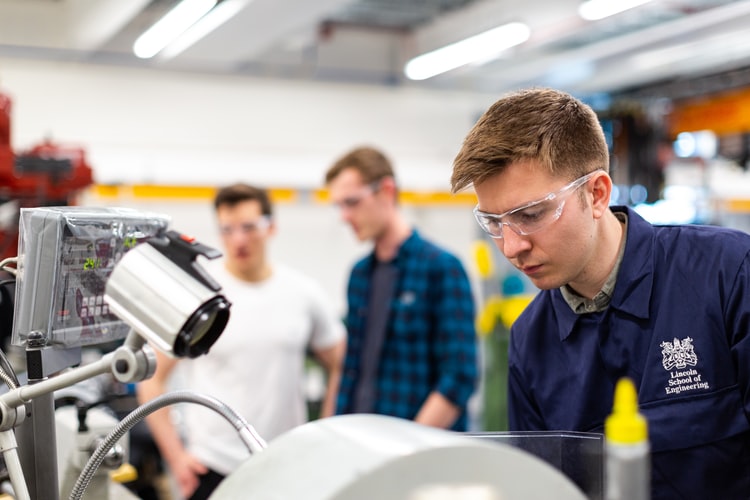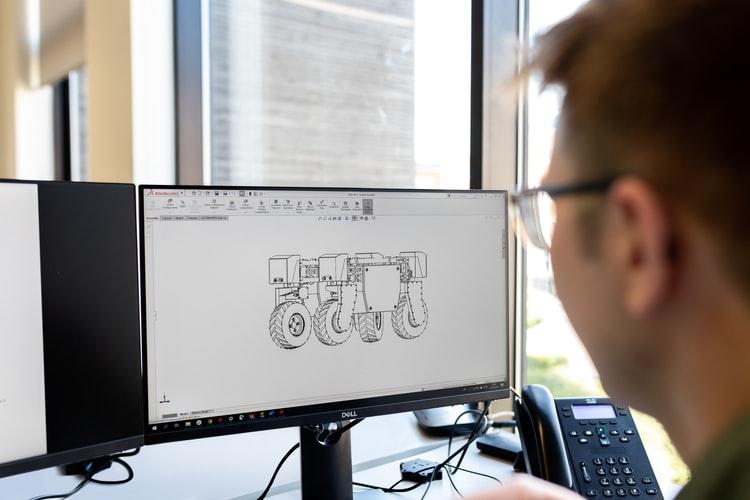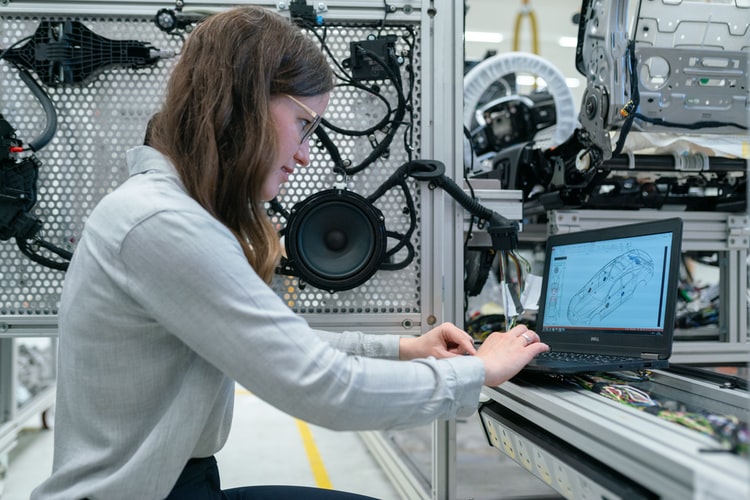Laser cutters are a popular choice for most home and small business owners. While usually used for commercial production purposes, it has also become widely used by enthusiasts, schools, and even individuals. With this rapid growth of interest in laser cutters, there are several types available on the market. Here we’ll go over the differences between the different kinds, to help you make the best choice. Laser cutting in Glasgow is helping to lead this innovation.

Understanding Laser Cutting
Laser cutting is simply a technology that uses a high power laser to cut materials with an accuracy level much better than traditional methods. The term ‘cutting’ refers to the fact that laser machines can use an intense heat beam to burn through paper, metal, or other objects. Laser cutters work by directing the heat output of a light high-powered laser onto the material being cut. This laser is then set on a special angle, usually between fifty and seventy degrees, in order to control the energy output.
Because of the many different shapes that can be cut, a cutter must also have a feature known as a feed mechanism. Feed mechanisms are devices which will allow the feed of materials from the cutter to the saw. Usually, these mechanisms are simple screw-like pieces which can be used on the cutting table of the machine, but can sometimes be incorporated into the feed mechanism of a laser cutter. Some feed mechanisms are more complex and involve a series of gears or springs which help to keep the material in the saw on the feeder.
Laser Cutter Uses

Laser cutters also have a number of accessories. One such accessory is called a laser safety guard, which works to prevent accidental operation of the laser when it isn’t needed. There are other lasers that work with different features as well. A high-power pulsed laser works best if the material being cut is extremely hard and dense.
Conclusion
Finally, in order to cut harder materials, the laser should be able to focus the light far more accurately than other lasers. Although lasers are designed primarily to cut through paper and other similar material, they are also used to cut metals, wood, fabric, and even ceramics. The best way to determine the accuracy of the machine is to test it out in an area where it will not be exposed to the elements and other factors which could affect its ability to cut.
Laser cutting machines to offer a cost effective way to cut almost anything into virtually any shape. In addition to using lasers to cut through paper, wood, metal, fabric, and ceramics, other materials like glass can also be cut with these machines.


